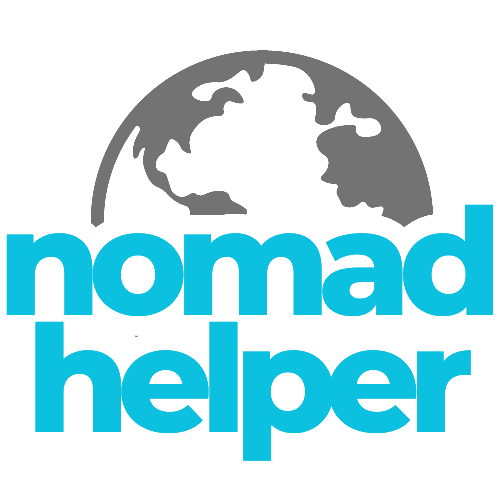Table of Contents
- Here’s How to Handle Time Zone Differences
- 1. Use Time Zone Conversion Tools
- 2. Create Shared Calendars
- 3. Default to Asynchronous Communication
- 4. Establish Overlapping Hours
- 5. Flexibility is Key
- Final Thoughts
Here’s How to Handle Time Zone Differences
When done well, remote work can indeed be a stirring blend of creativity, productivity, and flexibility. So, let’s talk about some strategies to handle time zone differences and ensure everyone in your remote work team is sailing smoothly.1. Use Time Zone Conversion Tools
The very first step to dealing with time zone differences is to figure out what those differences are. Several online tools can calculate this for you at a moment’s notice. Worldtimebuddy and Timeanddate are two of my personal favorites. They’re simple to use; all you have to do is plug in the locations of your team members, and you will instantly find the current time in every zone. I remember the time when I mistakenly scheduled a virtual meeting with my colleagues in Sydney at a time that turned out to be 3am their local time. After apologizing profusely and dealing with a few sleepy colleagues, I made it a priority to use such tools before scheduling any future meetings.Recommended article: Digital Nomad Diets: Staying Healthy while Globetrotting

2. Create Shared Calendars
Setting up a shared calendar that shows each team member’s working hours in their local time can be a lifesaver. This way, you can avoid scheduling conflicts and maintain a healthy respect for each team member’s personal time. Google Calendar is great for this, as it automatically adjusts for each user’s time zone.3. Default to Asynchronous Communication
As a remote worker, I’ve learned that embracing asynchronous communication is not just a nice-to-have, but a must-have. With team members scattered across different time zones, expecting everyone to be available at the same time is not just impractical, but also counterproductive. Asynchronous communication could be via email, task tracking tools, or team collaboration platforms such as Slack or Microsoft Teams. Such platforms allow messages and tasks to be read and responded to when convenient to the person which can lead to more thoughtful responses. I can recall a project where we had team members in Asia, Europe, and North America. Without effective asynchronous communication, we would have found it literally impossible to get anything done. It was crucial for us to leave detailed messages and clear tasks, so that when one person finished their part and logged off, the next person could log in and pick up where they left off.4. Establish Overlapping Hours
If you can establish at least a couple of overlapping hours between all of your team members, it can drive real-time collaboration and expedite decisions. Emphasize that these “office hours” are meant for collaborative work or meetings, while non-overlapping hours are meant for deep, individual work.Recommended article: Breaking Free: Saying Goodbye to 9-5 for Freedom



